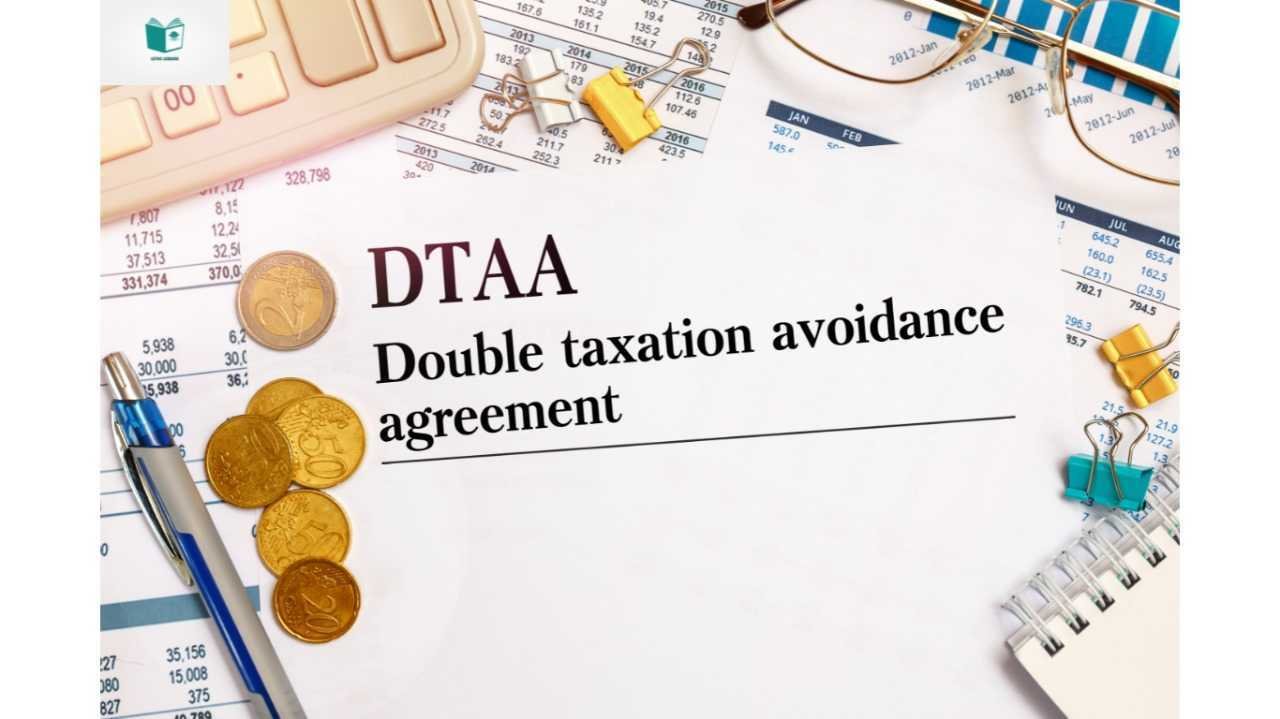Blog Details
Dive into our insightful blog, where financial expertise meets practical guidance. Explore articles on accounting, taxation,

Dec 18, 2024
GST Compliance: A Comprehensive Guide

GST Compliance: A Comprehensive Guide
Goods and Services Tax (GST) is a crucial tax framework in India that has simplified indirect taxation. Businesses must adhere to GST regulations to ensure compliance, avoid penalties, and maximize tax benefits. This updated guide covers key aspects, including registration requirements, return filing processes, and input tax credit (ITC) optimization, along with recent updates in GST regulations.
Understanding GST Registration Requirements
GST registration is mandatory for businesses meeting specific criteria.
Who Needs GST Registration?
-
1. Turnover Thresholds:
-
- ₹40 lakhs for goods (₹20 lakhs for services) in most states.
- - ₹10 lakhs in special category states.
-
-
2. Special Categories:
-
- Inter-state suppliers.
- - E-commerce operators.
- - Input service distributors.
- - Businesses under reverse charge mechanism.
-
Documents Required:
-
- PAN of the business or individual.
- - Business registration certificate.
- - Address proof (utility bill, rent agreement, etc.).
- - Bank account statement or canceled cheque.
- - Digital Signature Certificate (DSC) for companies and LLPs.
Recent Updates:
-
- GST registration has become faster with automated approval processes, reducing wait times.
- - Stricter norms for registration verification to prevent misuse.
Filing GST Returns: Step-by-Step Process
GST return filing is a critical part of compliance. Here’s a step-by-step guide:
Types of Returns:
-
- GSTR-1: Details of outward supplies.
- - GSTR-3B: Monthly summary of sales, purchases, and tax liability.
- - GSTR-9: Annual return.
Filing Process:
-
1. Log in to the GST portal (www.gst.gov.in).
- 2. Select Return Form: Choose the applicable form based on your business activity.
- 3. Enter Details:
- (a) Sales and purchase data.
- (b) Tax liability adjustments.
- 4. Reconcile ITC: Match GSTR-2A/2B data with purchase records to claim input tax credit.
- 5. Pay Tax: Settle tax dues using the cash or credit ledger.
- 6. Submit and File: Confirm the return and generate an acknowledgment.
Recent Updates:
- - Late fees for delayed filing have been reduced for MSMEs.
- - Introduction of AI tools for error detection during return filing.
Input Tax Credit (ITC): Maximizing Benefits
ITC allows businesses to offset tax paid on purchases against their output tax liability.
Conditions for ITC:
-
Possession of a valid tax invoice.
- Goods/services must have been received.
- Supplier must have filed returns and paid GST.
- ITC must be claimed within the allowed time frame.
Strategies to Maximize ITC:
-
1. Timely Reconciliation: Match your purchase invoices with supplier filings (GSTR-2A/2B).
- 2. Work with Compliant Suppliers: Ensure suppliers file returns on time to avoid ITC mismatches.
- 3. Maintain Accurate Records: Keep invoices, purchase orders, and receipts well-documented.
Recent Updates:
-
ITC can now be claimed based on GSTR-2B instead of GSTR-2A for better accuracy.
- Amendments limit provisional ITC claims, emphasizing reconciliation.
Challenges in GST Compliance
Despite its benefits, GST compliance poses challenges:
-
Errors in Return Filing: Mistakes in data entry or mismatches in ITC claims can lead to notices and penalties.
Solution: Regular reconciliation and use of GST software.
- Evolving Regulations: Frequent changes in rules make it hard to stay updated. Solution: Follow GST updates and consult professionals.
- Cash Flow Management: Delayed refunds impact cash flow.
Solution: File refund claims promptly and maintain proper documentation.
Conclusion
GST compliance is a vital aspect of doing business in India. With a clear understanding of registration, return filing, and ITC optimization, businesses can ensure seamless operations and avoid penalties. Staying informed about recent updates and leveraging technology or professional advice will further enhance compliance efficiency.
Recent Developments to Watch:
- Introduction of e-invoicing for businesses with a turnover of ₹5 crores and above.
- Stricter scrutiny of high-value transactions under GST.
- Simplification of annual return filing for small businesses.
Ensure you monitor regulatory updates regularly and adapt processes to remain compliant. Proper GST management not only reduces tax liability but also fosters business growth in the long run.
Categories
Recent Blogs
Make Lotus Ledgers Part Of Your Work And Get Daily Update




